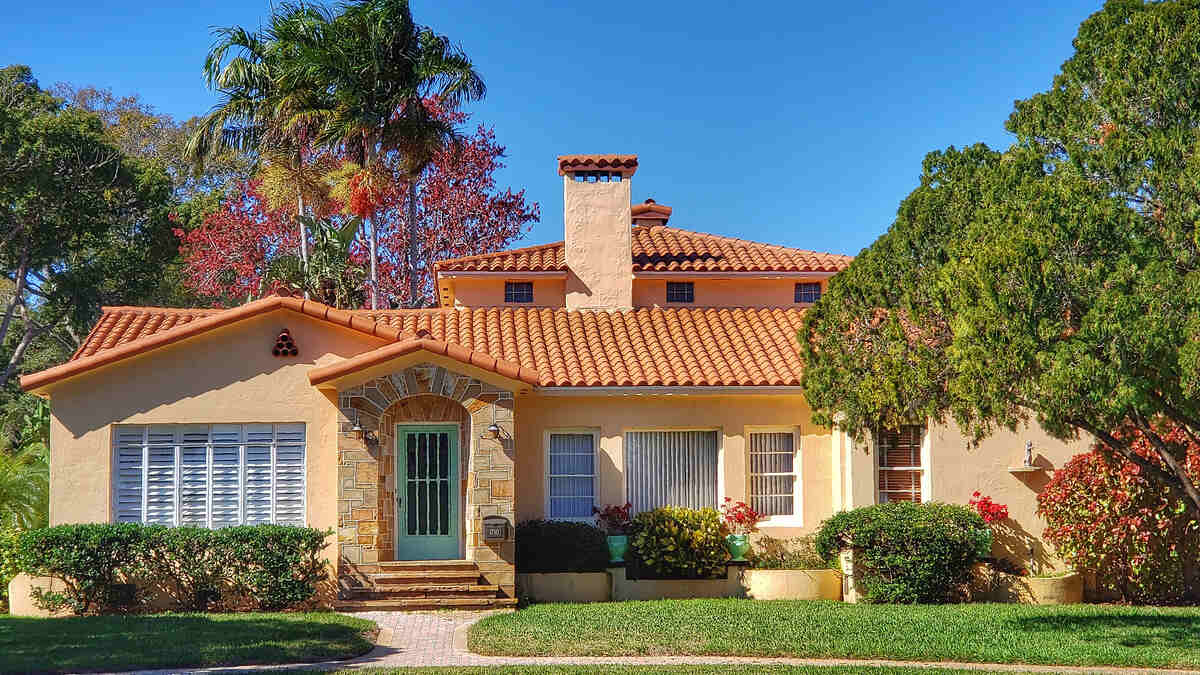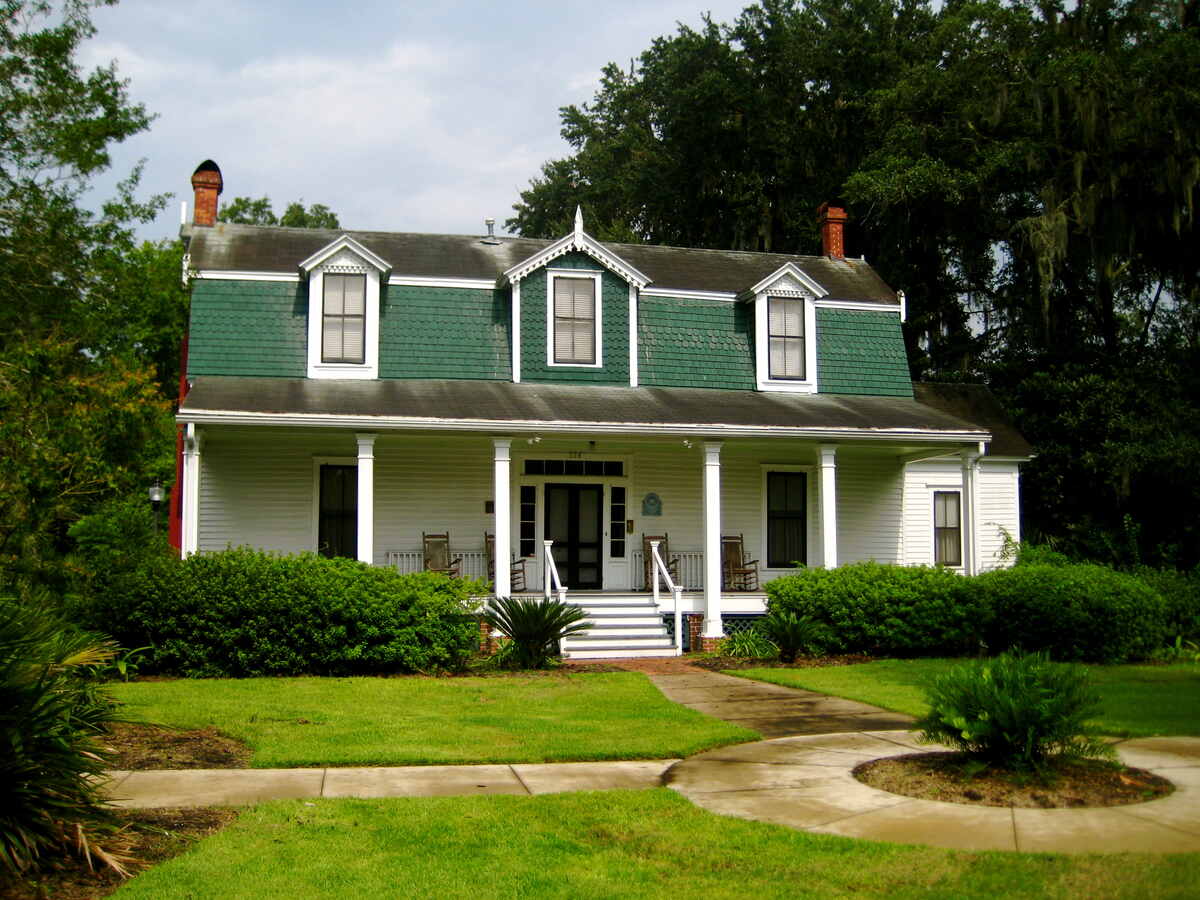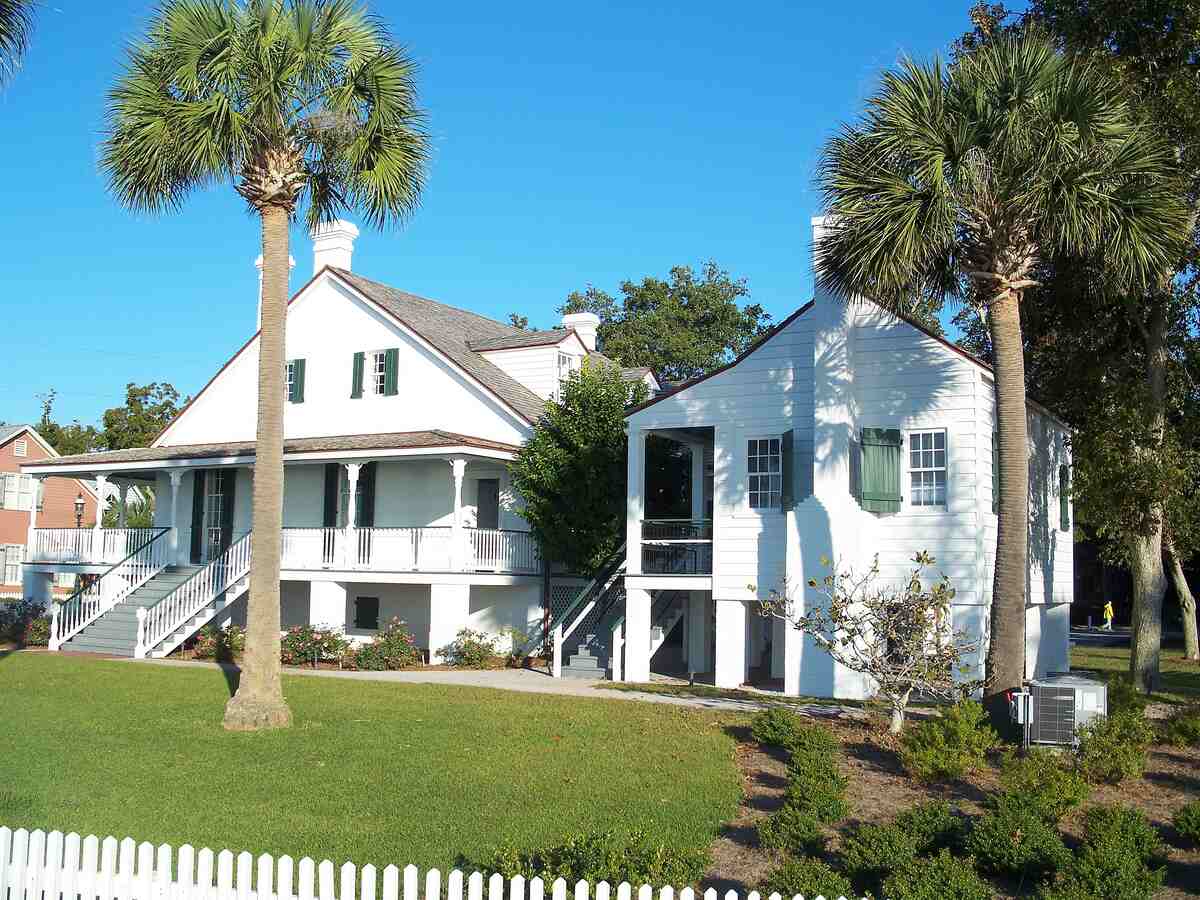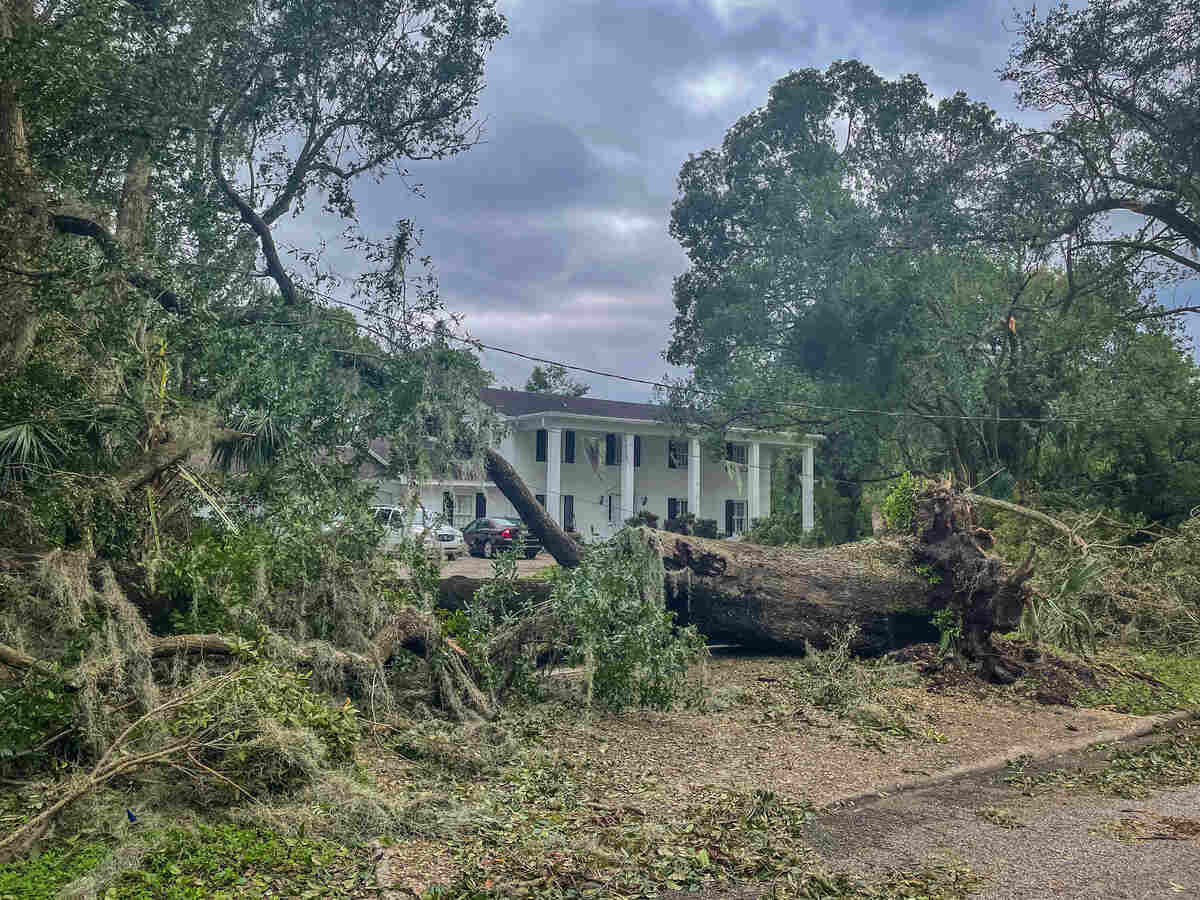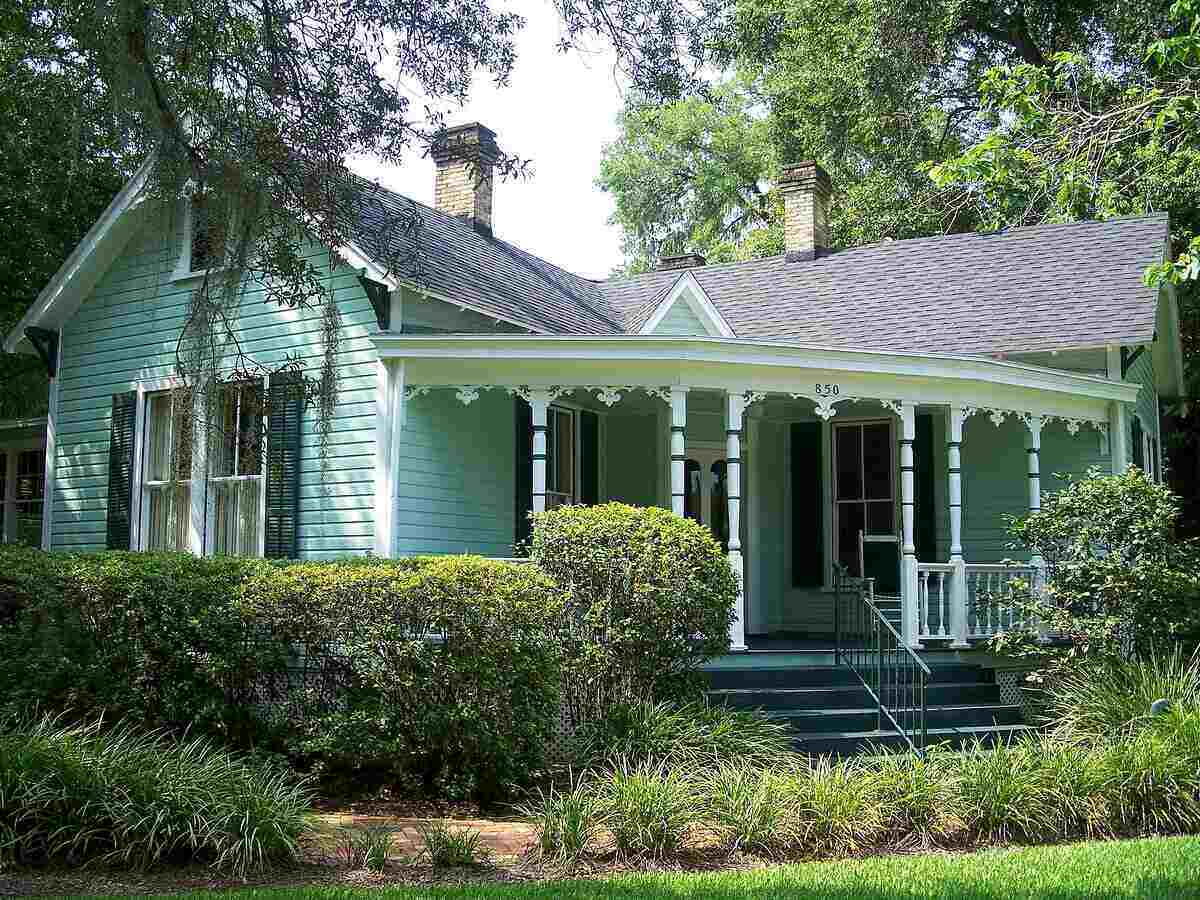
Florida’s climate limits the types of grass that can thrive here. We have sweltering heat, suffocating humidity when it isn’t pouring rain or, everyone’s favorite, it’s hurricane season! Not the most hospitable environment for a lush lawn. Don’t worry. Here are the four best grass types for Ocala lawns:
And later, we’ll show you how to choose the best grass type for your Ocala lawn.
Bahiagrass
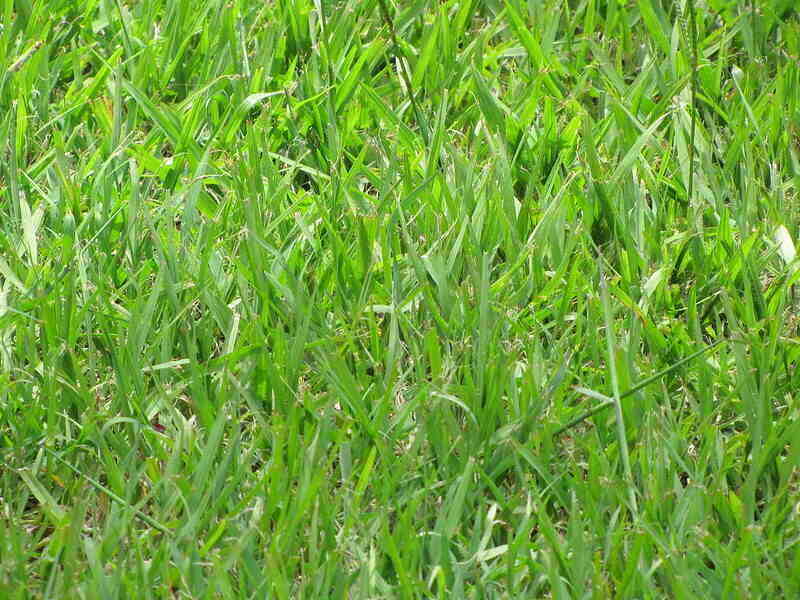
Photo Credit: Forest and Kim Starr / Flickr / CC BY 2.0
Bahiagrass seems to have been specifically created for the Ocala area. Among Florida grasses, the Pensacola Bahiagrass cultivar is the most common due to its ability to hold up against stressors like cold winters, droughts, and pests.
Bahiagrass is an excellent alternative to Bermudagrass or St. Augustinegrass. It shares many properties with these two turfgrass types but requires less maintenance.
- Classification: Warm-season grass
- Spreads by: Stolons
- Shade tolerance: Low, but more shade-tolerant than Bermudagrass.
- Drought tolerance: Moderate
- Foot traffic tolerance: Low
- Maintenance needs: Low fertility requirements. Expect frequent mowing (every one to two weeks) to remove seed heads.
- Mowing height: Ideal grass height is 3 to 4 inches.
- Potential for disease: Good resistance to disease and insect infestations.
- Soil pH: 5.5 to 6.5
- Soil type: Tolerates various soil types, including low-fertility soils, but performs best in sandy loam soils.
Notes:
- Bahiagrass needs iron to thrive and is vulnerable to iron deficiency in alkaline soils.
- Weeds and armyworms are common in Bahiagrass.
- Bahiagrass is not naturally dense and can thin out with time. Overseeding is the best way to maintain adequate density in the lawn.
Grass Seed Options
Pensacola Bahiagrass:
– Scotts Turf Builder Pensacola Bahiagrass (5 lb. bag)
– Hancock Seed Co. Pensacola Bahiagrass Seed (5 lb. bag)
– SeedRanch Pensacola Bahiagrass Seed (10 lb. bag)
Argentine Bahiagrass:
– Scotts Turf Builder Argentine Bahiagrass (10 lb. bag)
– Hancock Seed Co. Argentine Bahiagrass Seed Mix (25 lb. bag)
St. Augustinegrass
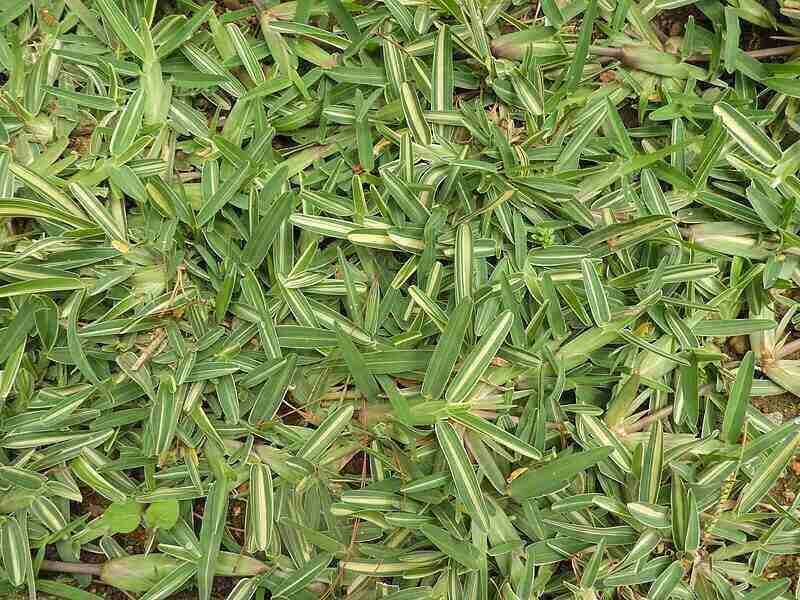
Photo Credit: Yercaud-elango / Wikimedia Commons / CC BY-SA 4.0
St. Augustinegrass is a popular lawn grass in Florida and one of the best for Ocala. It grows quickly, is moderately shade tolerant, and thrives in our hot, humid summers. St. Augustine’s broadleaf blade forms a reasonably dense carpet with a vivid green hue.
St. Augustinegrass does require a lot of care, including frequent watering during the summer and regular fertilizer applications (two to four times a year). Thatch buildup is typical. Dethatch when it exceeds 3/4 inch in thickness. St. Augustinegrass is susceptible to fungus and insect infestations.
- Classification: Warm-season grass
- Spreads by: Stolons
- Shade tolerance: Moderate. It is the most shade-tolerant warm-season grass.
- Drought tolerance: Moderate
- Foot traffic tolerance: Low
- Maintenance needs: Mow your lawn every 5 to 7 days. St. Augustine has moderate water needs.
- Mowing height: Set the mowing height between 3.5 and 4 inches.
- Potential for disease: Moderate to high
- Soil pH: 6-7.5
- Soil type: Tolerates many soil types; prefers moderately fertile, moist soils that are not waterlogged; won’t grow in compacted soils.
Other notes: St. Augustinegrass is the warm-season grass that handles shade the best. It can endure mild to moderate drought conditions and will go dormant below 50 degrees.
Grass Plug Options:
– Seed Ranch St Augustine Seville Grass Plugs (2 Trays)
– Seed Ranch St Augustine Floratam Grass Plugs (2 Trays)
Bermudagrass
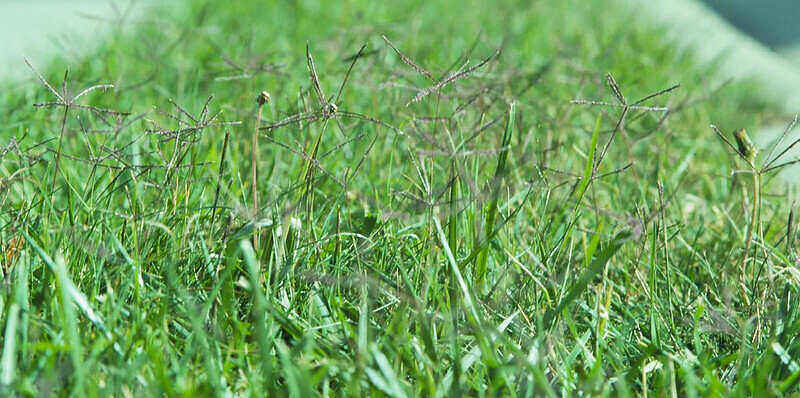
Photo Credit: Matt Levin / Flickr / CC BY-SA 2.0
Bermudagrass has a rich, green color and can develop deep roots, making it resistant to some of the lawn care issues we frequently face in Florida. Due to its soft texture and durability, you’ll find it in lawns, golf courses, and sporting fields.
Because it can withstand a lot of activity, Bermudagrass is a great option for anyone worried about wear and tear.
Bermudagrass spreads quickly, making it difficult to control, but with a regular mowing and watering routine, you can keep your Bermuda in great shape.
Bermudagrass prefers direct sunlight and is not a good choice for shady areas. It will go dormant if the temperature consistently falls below 50 degrees, and it can withstand some salt.
- Classification: Warm-season grass
- Spreads by: Stolons and rhizomes
- Shade tolerance: Low; thrives in full sun
- Drought tolerance: High
- Foot traffic tolerance: High
- Maintenance needs: Mow every 3 to 7 days. Fertilize your lawn every 4 to 10 weeks during the growing season (based on the instructions on the fertilizer and the results of a soil test) for a high-quality Bermuda lawn. Bermudagrass needs low to moderate amounts of water.
- Mowing height: Mow common Bermudagrass down to 1.5 to 2.5 inches. For hybrid Bermudagrass cultivars (rarely recommended for home lawns), set the mowing deck between 0.5 and 1.5 inches
- Potential for disease: Disease resistance is good, although diseases are common; low insect resistance
- Soil pH: 6-6.5
- Soil type: Tolerates most soil types
Other notes: Common Bermudagrass, which is frequently planted along roadsides, can withstand poor soil conditions and requires less maintenance, but the turf quality isn’t as good. Improved common cultivars are a nice “middle of the road” option between common Bermudagrass and the high maintenance hybrids.
Pro Tip: If you have grass allergies, avoid letting Bermudagrass go to flower because it produces a lot of pollen.
Grass Seed Options:
– Pennington Bermudagrass Bare Spot (5 lb. bag)
– Pennington Smart Seed Bermudagrass Mix (8.75-lb. bag)
– Scotts Turf Builder Bermudagrass (10-lb. bag)
– Hancock Seed Co. Bermudagrass (50-lb. bag)
Zoysiagrass
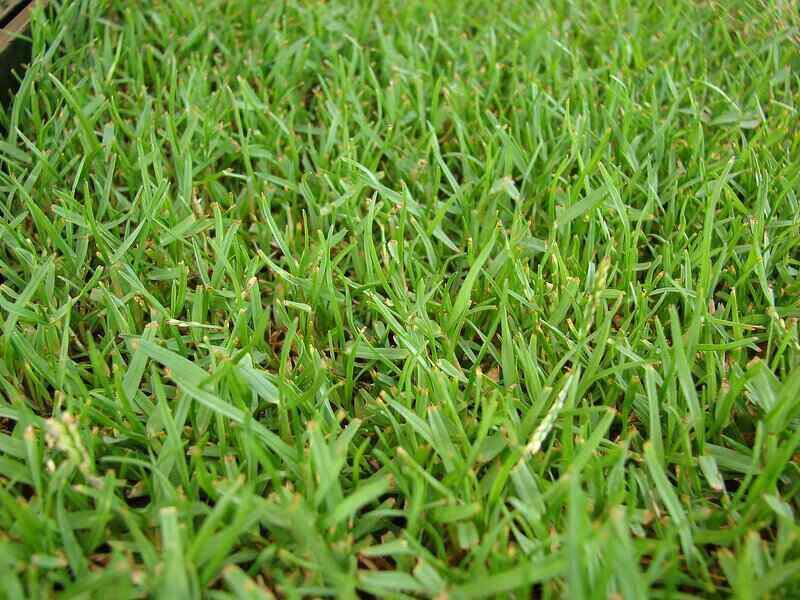
Photo Credit: Forest & Kim Starr / Wikimedia Commons / CC BY 3.0 US
The popular warm-season grass Zoysia is renowned for its thick growth habit and resistance to damage from pets and heavy traffic. Depending on the cultivar, it has a high salt tolerance and moderate to good cold tolerance.
Although Zoysia can withstand drought, it becomes brown when subjected to prolonged dry spells.
If you are worried about lawn care costs and upkeep, Zoysiagrass is one of the easiest lawns to maintain. Weeds are rarely a problem because of its dense growth. This grass will become dormant if an unexpected Florida frost strikes, but it will grow again as soon as the soil temperature reaches the mid- to low-70s.
- Classification: Warm-season grass
- Spreads by: Stolons and rhizomes
- Shade tolerance: Moderate
- Drought tolerance: Moderate
- Foot traffic tolerance: High, but recovers slowly from damage
- Maintenance needs: Mow every 5 to 10 days. Zoysia has low nitrogen fertilization needs but is prone to thatch buildup.
- Mowing height: Set mowing height between 1 and 2 inches
- Potential for disease: Good disease tolerance
- Soil pH: 6-6.5
- Soil type: Well-draining, some cultivars are more tolerant of a wide range of soils than others
Other notes: Zoysias are hardy and drought-tolerant plants. They can also tolerate partial shade. Unfortunately, it’s slow growing and doesn’t self-repair.
Grass Plug and Seed Options:
– Zoysia Plugs (50 Large Grass Plugs)
– Zoysia Plugs (50 Full & Lush Grass Plugs)
– Zoysia Plugs (100 Plugs)
– Zoysia Emerald Grass Seeds (1/8 lb. of seeds)
– Zenith Zenith Grass Seeds (1/8 lb. of seeds)
While deciding on the ideal grass variety for your Ocala lawn, there are numerous aspects to consider. Examine your yard to determine the best grass for your needs.
- Low-maintenance: Bahiagrass is the easiest to maintain in central and northern Florida (which makes it perfect for low-maintenance landscapes).
- Salty soil: Zoysiagrass and St. Augustinegrass are more tolerant of salt in soil and groundwater than other grasses.
- Shade-tolerant: For moderate shade tolerance, St. Augustinegrass is an excellent option.
- High-traffic: Bermudagrass is resistant both to pet traffic and heavy foot traffic.
The Florida Lawn Handbook published by the University of Florida Extension advises planting your Ocala lawn in the spring or summer. In central and northern Florida, warm-season grasses flourish; however, if winter temperatures drop too low, your lawn will enter a dormant state and turn brown.
When to Call a Lawn Care Pro
Main Image Credit: Jewett House in Ocala Historic District / Ebyabe / Wikimedia Commons / CC BY-SA 3.0
LawnStarter participates in the Amazon Services LLC Associates Program, an affiliate advertising program. LawnStarter earns revenue from products promoted in this article.
If you can’t make up your mind on a best grass type for your lawn or you just want someone to handle all the mowing, trimming, and upkeep, hire a local LawnStarter lawn care pro to handle all your yard work. Our crews will keep your lawn looking green and lush all year.

